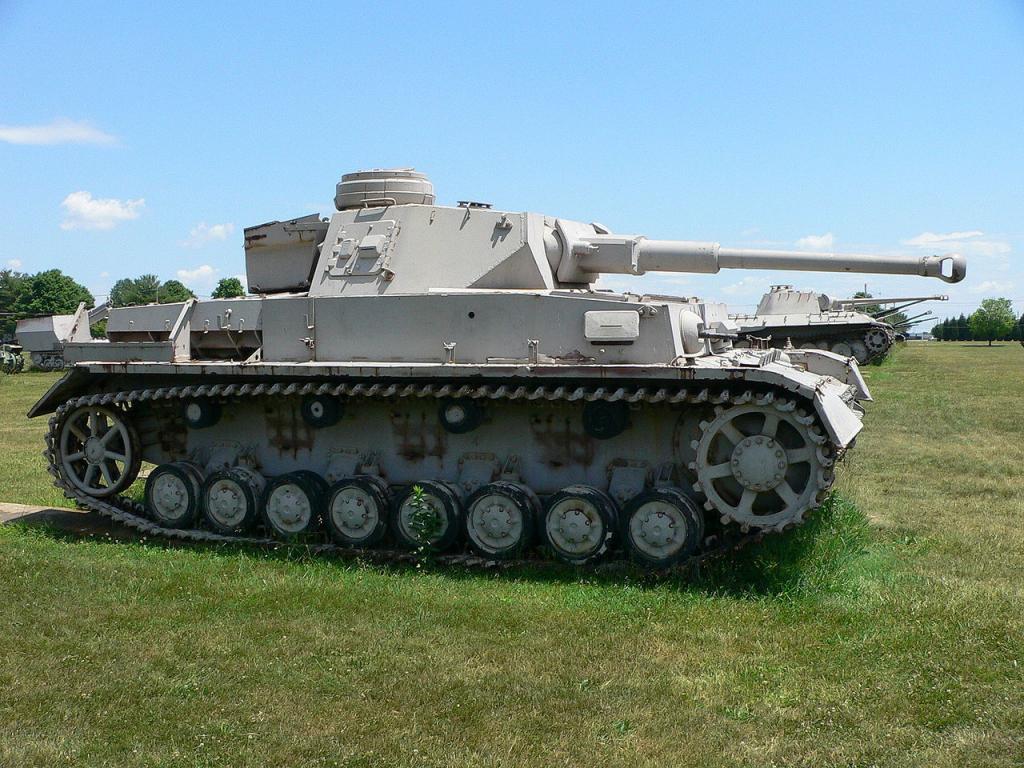
Panzer IV (Panzerkampfwagen IV) [Carro medio] La Segunda Guerra Mundial
III. 45800. The Pz.Kpfw. I Ausf. C is a German tier 3 light tank. The initial order for this tank was placed in 1939. It was originally conceived as a high-speed reconaissance tank for airborne units. Mass production started at the beginning of 1942. In early 1943 two vehicles were deployed with the 1st Tank Division.

8,8 cm FlaK 36 auf Pz.Kpfw. IV Germany (DEU)
Pz.Kpfw IV Ausf A - 75mm KwK 37 L/24, 1/BW (Sd.Kfz.161) 35 produced by Krupp-Gruson, between November 1937 and June 1938. Pz.Kpfw IV Ausf B - 75mm KwK 37 L/24, 2/BW 42 produced by Krupp-Gruson, from May to October 1938. Pz.Kpfw IV Ausf C - 75mm KwK 37 L/24, 3/BW 140 produced by Krupp-Gruson, from October 1938 to August 1939.
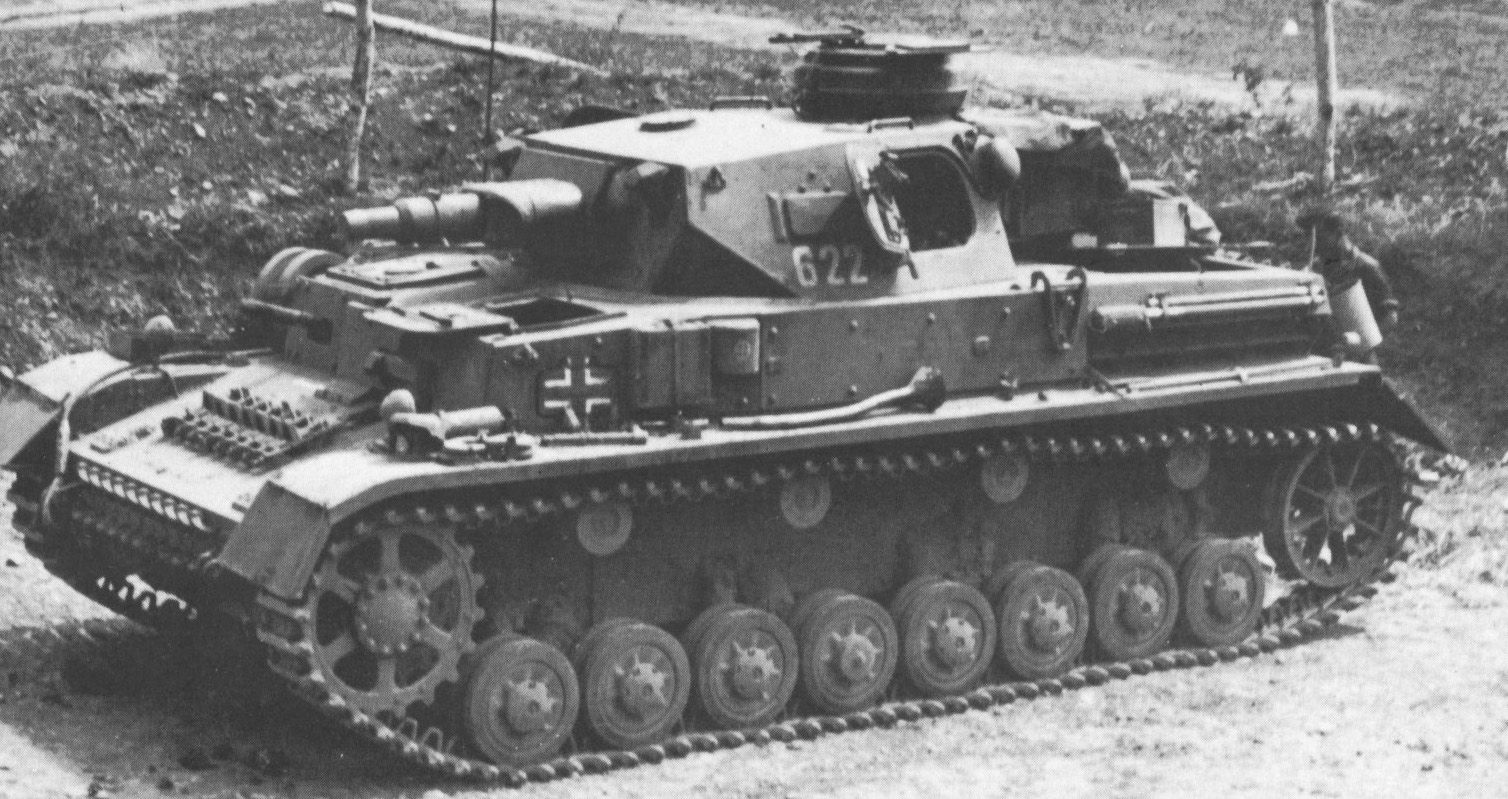
Pz. IV главный немецкий танк Второй мировой войны
Find the deal you deserve on eBay. Discover discounts from sellers across the globe. Try the eBay way-getting what you want doesn't have to be a splurge. Browse Panzerkampfwagen iv!
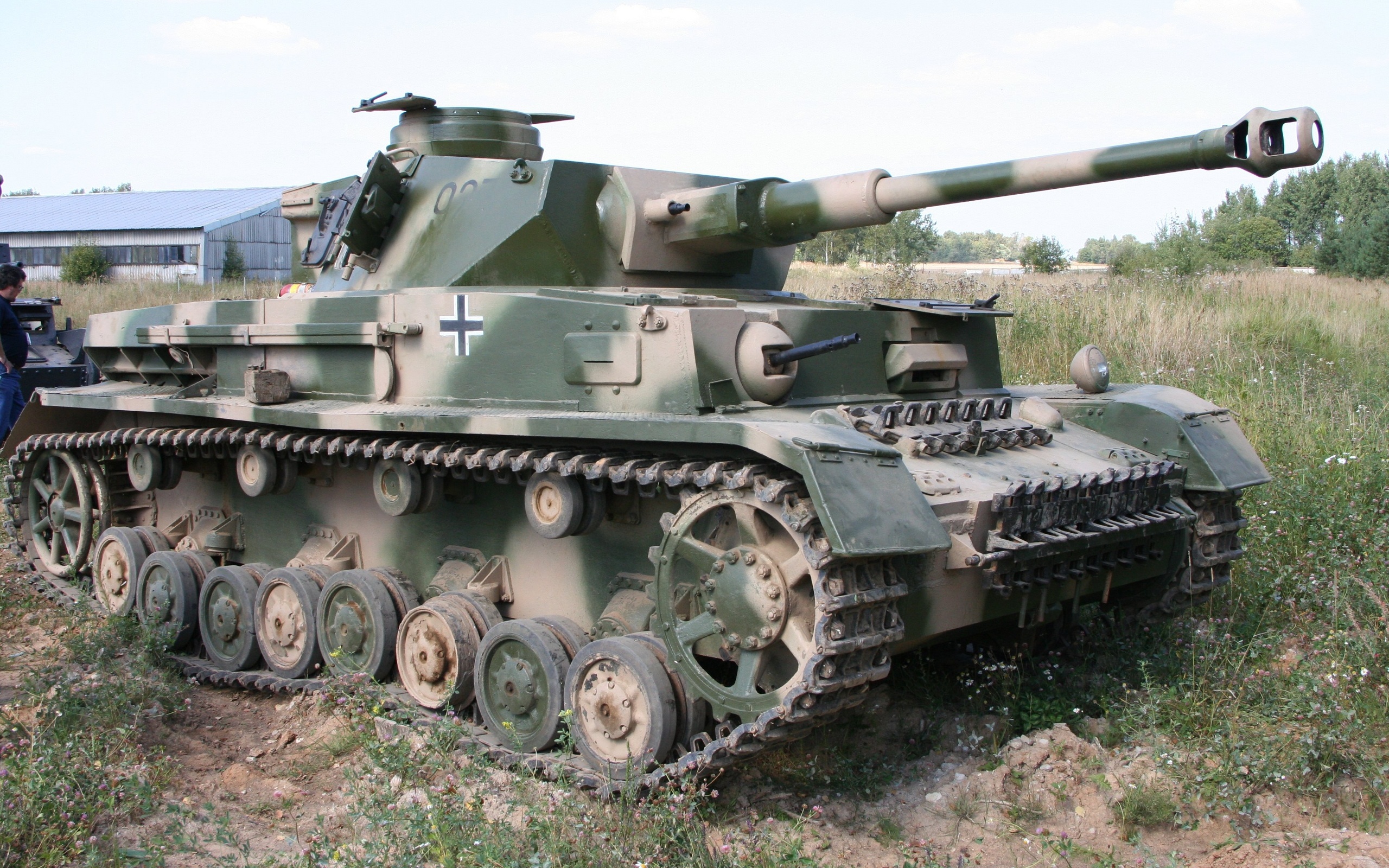
Picture tank Pz.Kpfw. IV Ausf G military 2560x1600
Panzer IV Ausf.B/C front deck. Panzer IV Ausf.D front deck. Panzer IV Ausf.F/F2/G/H/J front deck. src: Vincent Bourguignon . Sous le plancher était disposés les 3 réservoirs d'essence accueillant les 470 litres de carburant embarqués. Sur le côtés droit du bas de caisse étaient disposés 3 râteliersà munitions de 75.
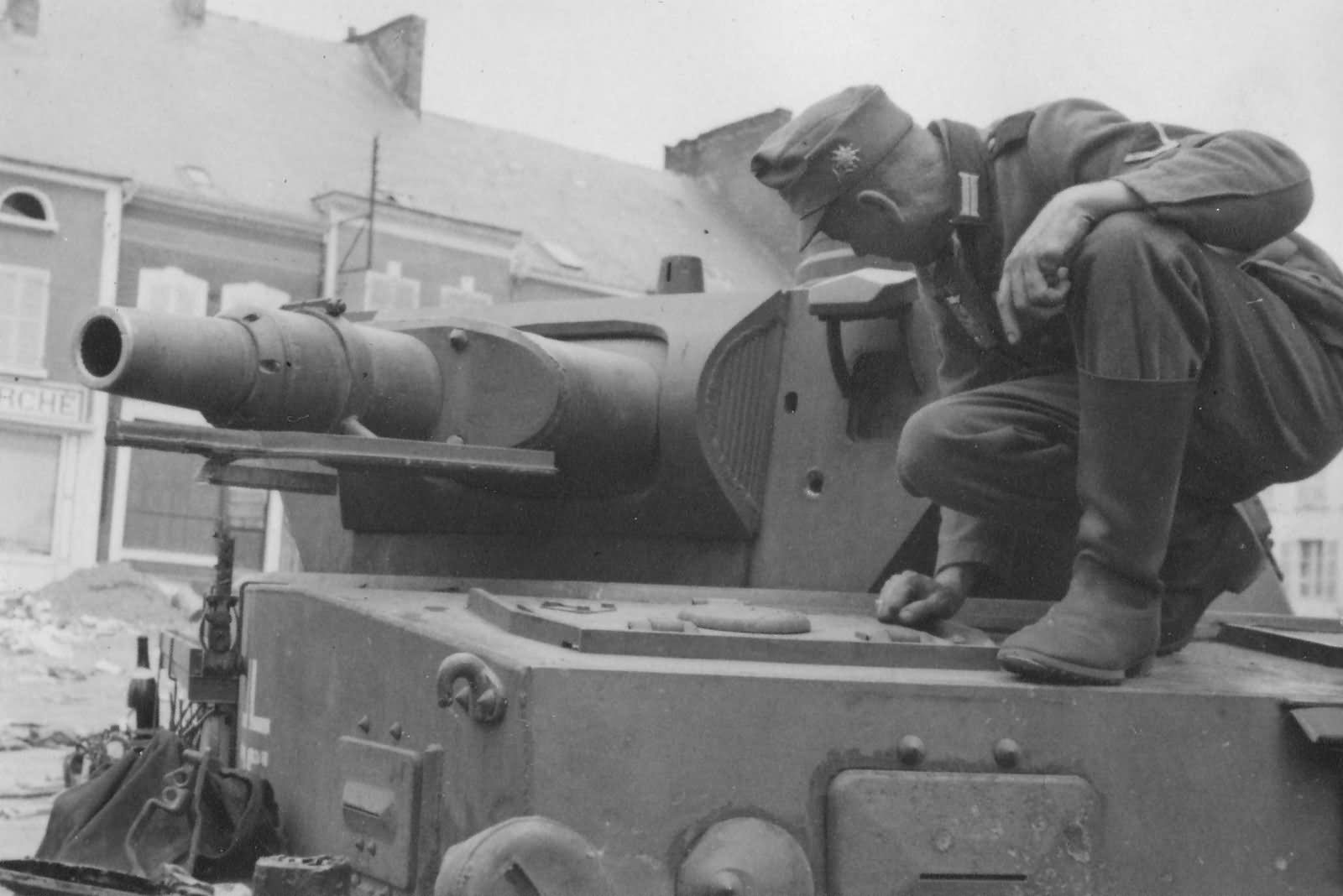
Details of the turret of Pz.Kpfw IV ausf C World War Photos
The Panzerkampfwagen IV (Pz.Kpfw. IV), commonly known as the Panzer IV, is a German medium tank developed in the late 1930s and used extensively during the Second World War.Its ordnance inventory designation was Sd.Kfz. 161.. The Panzer IV was the most numerous German tank and the second-most numerous German fully tracked armoured fighting vehicle of the Second World War; 8,553 Panzer IVs of.

Panzer IV ausf A tank 2 World War Photos
Description. The Panzerkampfwagen IV Ausführung H (Panzer IV H) (Sd.Kfz. Index: Sd.Kfz. 161/2) is the eighth variant of the Panzerkampfwagen IV medium tank family.The introduction of the long-barrelled 7.5 cm gun-armed Panzer IV G substantially altered the employment of the Panzer IVs within the German Wehrmacht. In 1942, the long-barrelled 75 mm Kampfwagenkanone (KwK) 40 L/43 tank gun were.

Pz IV G Armourfast
World War 2. Sep 8, 2018 Ruslan Budnik, Guest Author. The German Panzerkampfwagen IV medium tank, abbreviated PzKpfw IV, Pz. IV, or T-IV, was created by Friedrich Krupp AG. Production started in 1937 and continued until the very end of the Second World War. The Pz. IV became one of the most mass-produced Wehrmacht tanks, with 8,686 units built.

Pz. Sfl. IVc 9.17 HD Renders The Armored Patrol
blikkies1. •. Have fun whilst it last the higher your BR goes the higher your depression and anger levels go. [deleted] •. It's great. Good mobility, great aphe (just low velocity) and a heat shell for the occasional b1 bis or heavy tank and a very fast reload. A 75mm on a medium tank chassis is very capable at this br.

Tank Archives Pz.Kpfw.IV Ausf. A through C
The Panzerkampfwagen IV Ausführung C (Panzer IV C) (Sd.Kfz. Index: Sd.Kfz. 161) is the third variant of the Panzerkampfwagen IV medium tank family, a family of German medium tanks that saw the most production and served on all fronts in many intense conflicts throughout World War II. While the Tiger and Panther are more well-known today, the Panzer IV was the core of Blitzkrieg tactics.

Pz.Kpfw IV Ausf.C
The introduction of the longer 7.5 cm gun-armed Panzer IV Ausf.G changed the role of the Panzer IV tank-type significantly within the German Wehrmacht. The 7.5 cm L/43 guns were more than capable of dealing with most tanks on the battlefield in 1942. Given its excellent performance, more better-armed Panzer IVs were requested. This would lead to the introduction of the Ausf.H version.

Рисунок Panzer IV Ausf. B на рабочий стол Бронетехника War Wallpapers
The Long-Barrel Panzer IV Genesis. Prior to the war, the Panzer IV series was primarily designed to act as a fire support vehicle for other slightly weaker armed Panzers. For this role, they were armed with the 7.5 cm K.w.K. L/24 short-barrel gun. Their targets were usually fortified enemy positions or machine gun nests.

Pz.Kpfw IV Ausf.C
The main armament of the Panzer IV Ausf.D was the 7.5 cm KwK 37 L/24. The Panzer IV Ausf.B/C used an internal gun mantlet, which proved to be ineffective. The Ausf.D version had an external mantlet which provided better protection. The gun recoil cylinders that were outside of the turret were covered with a steel jacket and a deflector guard.

Panzerkampfwagen IV ausf. D Aberdeen proving grounds USA Aberdeen
The Panzer Selbstfahrlafette IV Ausf.C, or Pz. Sfl. IVc. also known as Grille 10, the 8.8cm Flak 37 auf Sonderfahrgestell ("on special chassis"), was a German mobile gun platform for the widespread 8.8 cm anti-aircraft/anti-tank gun, built in 1941.It was a lightly armoured vehicle. Only 3 prototypes were produced.
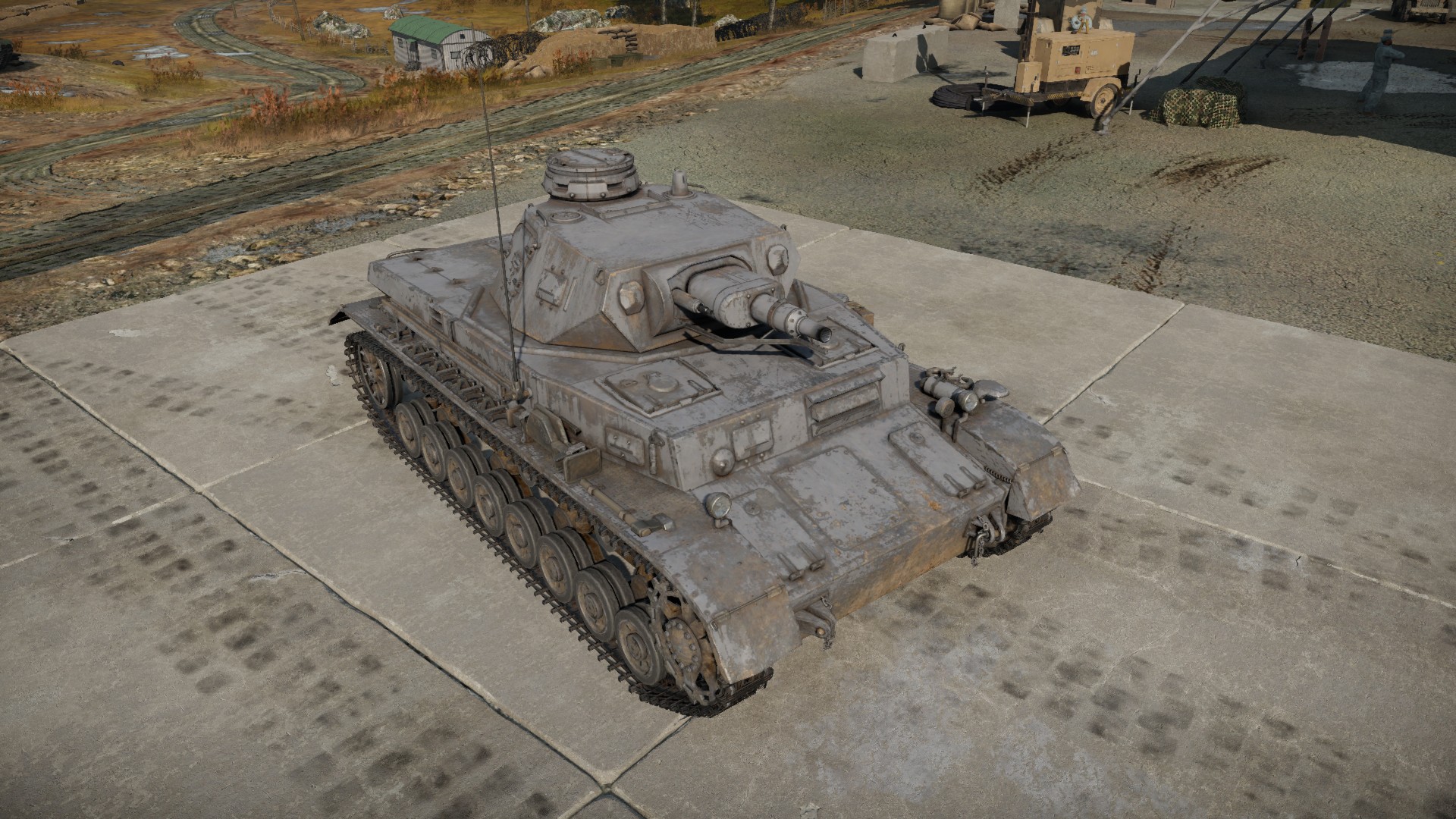
Pz.IV C War Thunder Wiki
Panzer - German Tank, WWII, Pz-IV: Though originally intended as an infantry-support tank, the Pz. IV (along with the Pz. V, described below) formed the backbone of Germany's panzer divisions from 1943 to the war's end. The tank had the same engine and general appearance as the Pz. III, but the Pz. IV had a larger turret and gun, thicker frontal armour, and better cross-country mobility.

Panzer IV Ausf C 414 1939 2 World War Photos
A Panzer IV Ausf.C, 8th Korps, IInd Abteilung, 35th Panzer Regiment, 4th Panzerdivision - France, May-June 1940. A Panzer IV Ausf.D, DAK (Deutsche Afrika Korps) of the XVth Panzerdivision, El Agheila, December 1941. Tauchpanzer IV Ausf.D, provisioned for operation Seelöwe (or Sealion, prospected landings in Britain). It was theoretically.
Pz. Sfl IVc. Mobile flak gun/tank destroyer. The flaps retract up AKA
Conceived in secrecy in the mid-1930s, the Panzer IV was designed as an infantry support tank, to be fielded alongside the Panzer III which would fill the anti-tank role. Armed with a short-barrelled 75mm gun, it was intended to blast enemy bunkers and anti-tank positions with high explosive shells, rather than directly engage enemy armour.